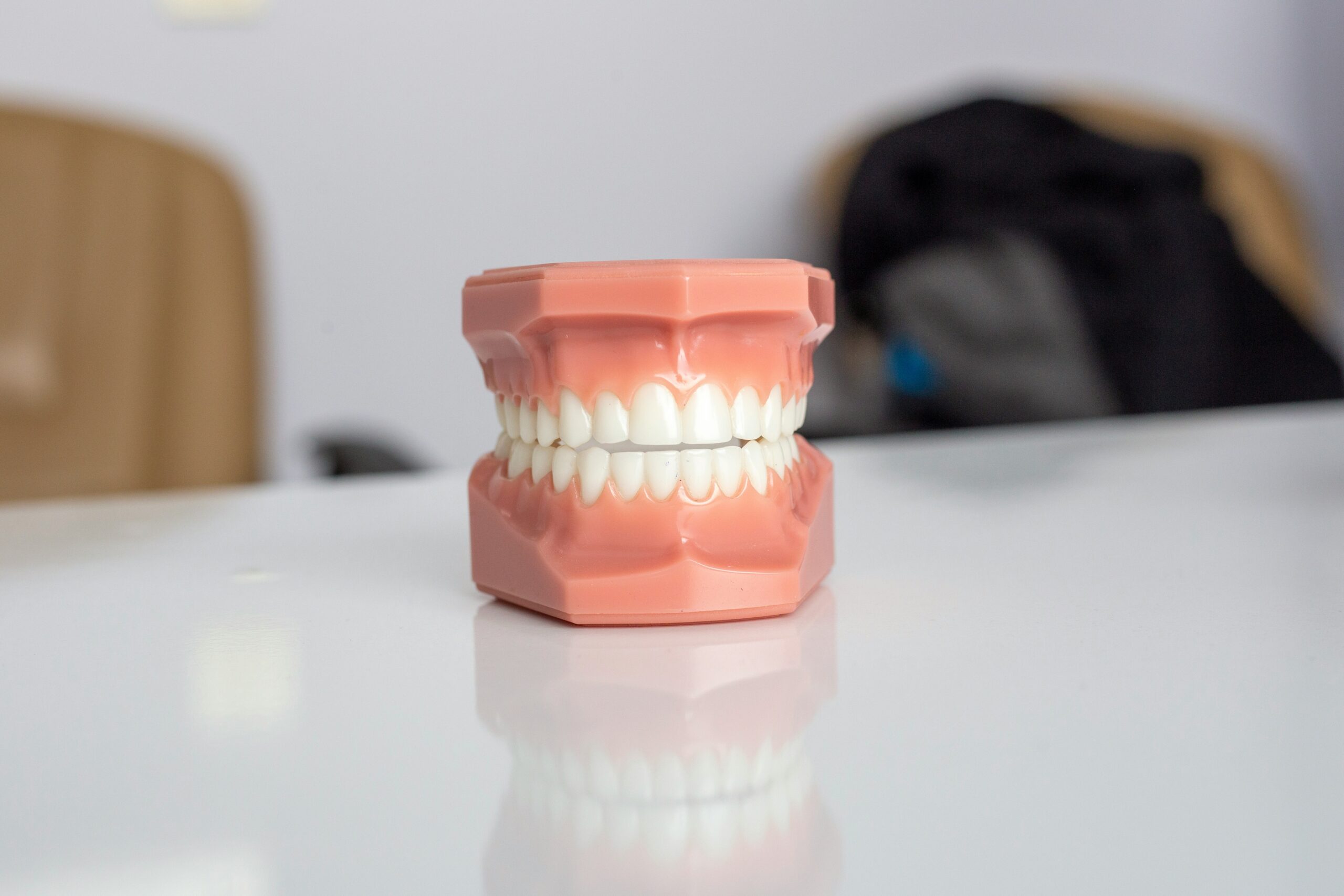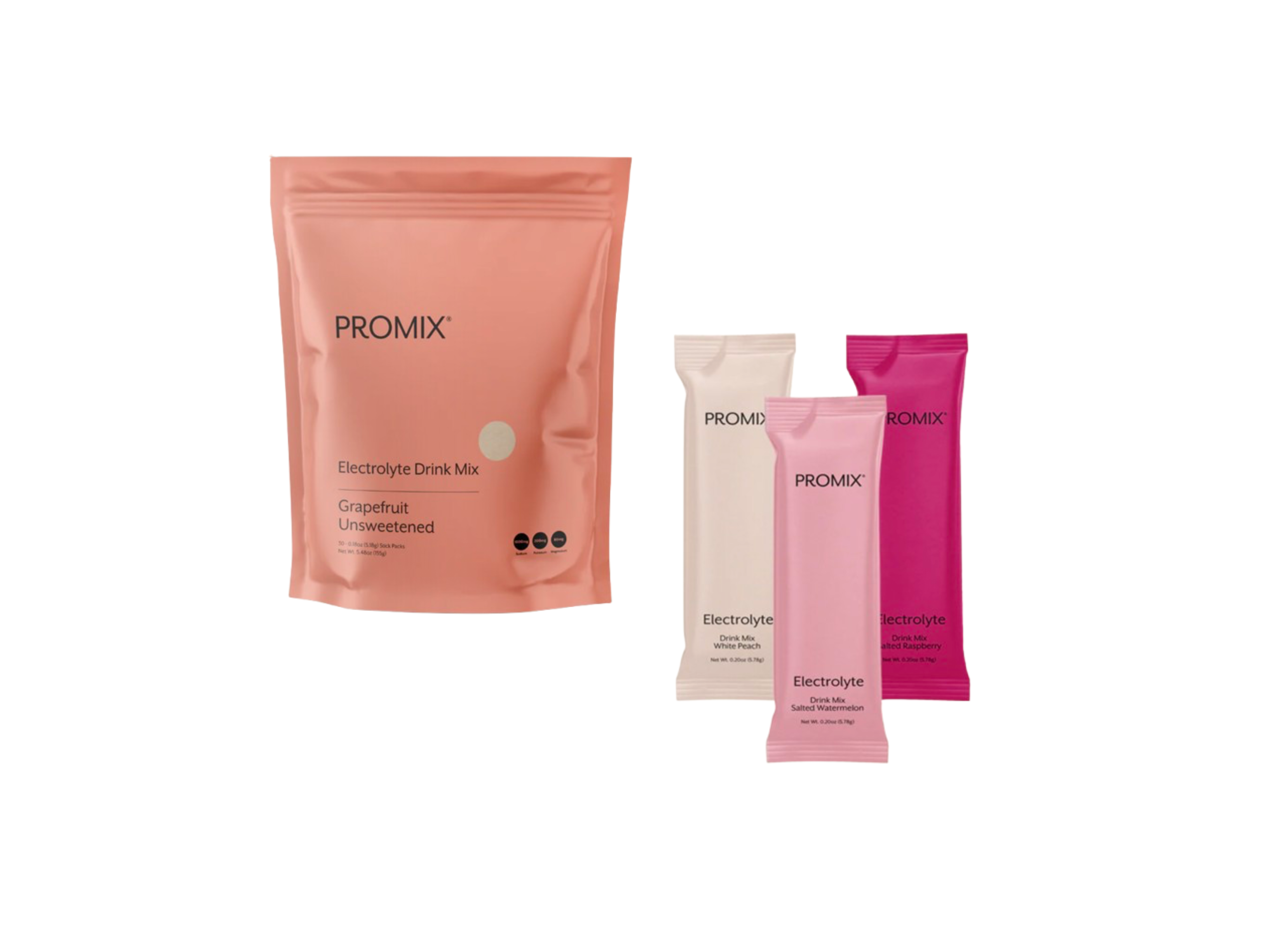
Oil pulling for teeth is an ancient Ayurvedic practice that involves swishing edible oil—like coconut or sesame—in your mouth to promote oral health. It’s gaining modern popularity as a natural, “clean” alternative to mouthwash and boastfully claimed to whiten and detoxify your teeth. Let’s dive into the science behind it, realistic benefits, and how to do it safely.
Related Post
Hydroxyapatite Toothpaste: Your Safer Non-Toxic ToothpasteWhat Is Oil Pulling for Teeth?
Oil pulling (or oil swishing) originated in traditional Indian medicine. You take about a teaspoon of oil and swish it around your teeth and gums for 10–20 minutes before spitting it out.
Benefits for Oral Health
1. Reduces Harmful Bacteria
A 2022 meta-analysis reported that oil pulling can significantly lower total salivary bacterial counts compared to water or chlorhexidine Medical News Today. Clinical studies found reductions in Streptococcus mutans (cavity-causing bacteria), sometimes comparable to chlorhexidine mouthwash
2. Fights Plaque & Gingivitis
Randomized controlled trials have found coconut and sesame oil pulling can reduce plaque and gingival inflammation by ~50% within 30–45 days—close to mouthwash results and brushing . One 45-day sunflower oil study reported plaque reduction of 18–30% and gingivitis reduction of 52–60%
3. Freshens Breath
Oil pulling may be as effective as chlorhexidine in reducing halitosis-causing bacteria and volatile sulfur compounds responsible for bad breath.
Does Oil Pulling Whiten Teeth?
There’s no strong scientific proof that oil pulling naturally whitens teeth . Any lightening effect is likely due to removing surface stains alongside plaque reduction—not bleaching or enamel altering.
That said, many users report mild, gradual improvements.
How to Do Oil Pulling for Teeth
1. Use 1 tsp of cold‑pressed, organic coconut, sesame, or sunflower oil.
2. Swish gently for 10–20 minutes (start with 5–10 minutes) before brushing .
3. Spit into a trash bin (avoid sinks to prevent oil buildup).
4. Rinse with water and brush teeth normally.
5. Practice daily in the morning on an empty stomach.
Safety & Common Mistakes
- Not a replacement for brushing or flossing
- Avoid swallowing oil. It can cause upset stomach or, rarely, lipoid pneumonia if inhaled
- Be cautious if you have nut allergies. Use sesame or sunflower oil instead.
Science-Backed Summary: Does Oil Pulling Actually Work?
| Potential Benefit | Strength of Evidence |
|---|---|
| Reduces oral bacteria | ✅ Strong (supported by meta-analyses & randomized controlled trials) |
| Decreases plaque & gingivitis | ✅ Moderate (supported by multiple RCTs) |
| Improves bad breath | ✅ Moderate (RCTs and systematic reviews) |
| Whitens teeth | ⚠️ Weak (mainly anecdotal or observational) |
✅ Pros:
- Natural and affordable
- Generally safe when done correctly
- May complement brushing and flossing
⚠️ Cons:
- Time-consuming (15–20 minutes daily)
- Not a replacement for brushing or flossing
- Whitening effects are often subtle and not well-supported
Should You Try It?
If you’re looking for a gentle, natural way to support oral hygiene, oil pulling for teeth is a safe, evidence-supported complement to your routine. It won’t replace dental care but shines in synergy with brushing, flossing, and checkups. Whitening effects are secondary—expect subtle, gradual results.

How to Heal Early Tooth Decay and Remineralize Naturally
I spent a year intentionally balancing my minerals, nourishing my body, and practicing natural oral care to successfully remineralize my teeth naturally and heal early decay.

Promix Electrolytes Review: The Best Unsweetened Electrolyte Powder I’ve Found
Promix Electrolytes are the cleanest, zero-sweetener hydration formula I’ve found, and as a daily runner I can feel the difference in my energy, stamina, and muscle recovery every single day.

Rosita Cod Liver Oil is the Best Omega-3 Supplement Hands Down
Rosita Cod Liver Oil is a pure, unprocessed omega-3 supplement that helped transform my dry skin, mood, and inflammation by correcting an underlying omega-3 deficiency.




